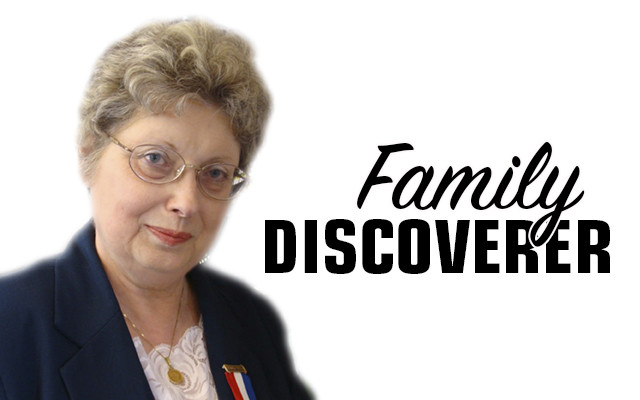
Early census oddities
By Nancy Battick
One of the frustrating things involving the early U.S. censuses (1790-1840) is that the members of the household aren’t named, nor their relationship to one another given.
What you will find is the name of the head of the household, mostly always a male, his general age group, then a series of gender and age groups for others living in the same household. You also will be given the name of the town in which the household was found, though town names can often change over the years.
In many instances you can make an educated guess about the others in a household if you already have some family information. The oldest female is often a wife, though she could be a mother, mother-in-law, aunt or other relation. The youngest residents are probably the children of the head of household and his wife, but even that is uncertain.
Households could just as well contain an orphaned child boarding with a family or another relative. There is also a possibility that a teenager could be a servant or farm worker. And there may be a married son or daughter living in the household with their own children.
Names of all in the household weren’t listed in the census until 1850, and even then, relationships weren’t spelled out.
What’s a genealogist to do? There were some special censuses done by states or towns that could help. In Maine, the 1837 Special Agricultural Census is a blessing. Usually, all people living in a household were listed by name and in some cases relationships. When you find a couple living together, they are almost always husband and wife. But special censuses were rare.
Town records can be a great help if they survive. Many have been lost. However, most town records begin after a town was incorporated. Earlier settlements often had no clerk and may have consisted of a few scattered households. The settlers may even have been squatters, which happened frequently in Maine’s early days, so deeds may not be a help.
In more sizeable towns you may find a church with surviving records. This will allow you to identify marriages, births, and perhaps deaths. But often in the wilderness areas of Maine, couples either traveled to be married or relied on itinerant preachers, and quite often the marriage records are nonexistent. This is illustrated in many pension applications for Revolutionary War veterans where a widow applied for her husband’s pension but had no marriage certificate to prove her relationship.
Family Bibles are priceless if they still exist and can identify family members.
You can also do a bit of analyzing. If, for example, a female ancestor was born in 1827, and you know her father’s name, look for a female child in the correct age group in the household. Follow her in each succeeding census.
There’s no question dealing with early censuses is a challenge and there are no easy answers.
Columnist Nancy Battick of Dover-Foxcroft has researched genealogy for over 30 years. She is past president of the Maine Genealogical Society, author of several genealogical articles and co-transcribed the Vital Records of Dover-Foxcroft. Nancy holds an MA in History from UM. Reader emails are welcome at nbattick@roadrunner.com.